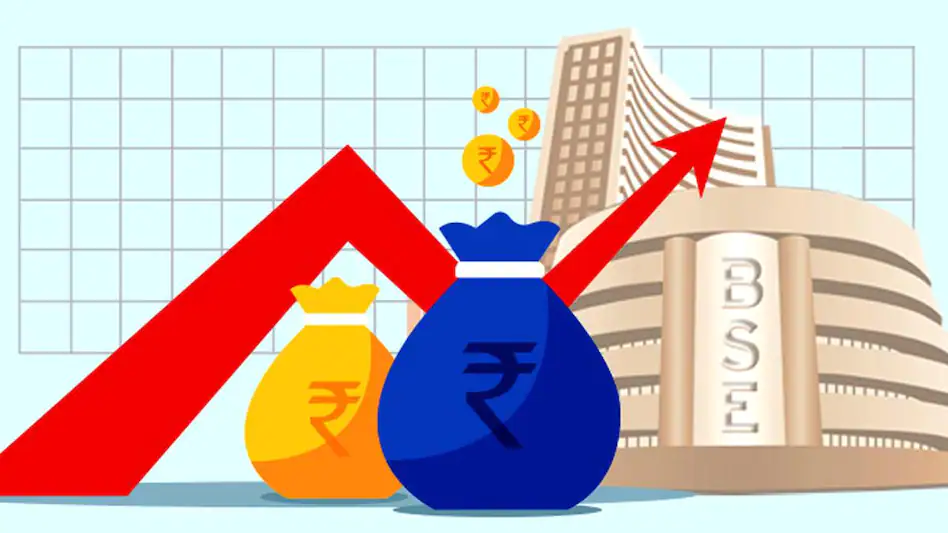The stock market is one of the most powerful forces in the world. It’s a place where businesses raise money, investors make money, and people like you can buy stocks. The stock market basically exists so that investors can buy and sell shares in companies. However, it is also very complex. There are so many things to think about such as exchanges, fractional shares, dividends, trading bands, and more.
In this article, you will learn the basics of what stock market is and how it works.
The stock market
The stock market is a place where companies raise money from investors. Investors are people who want to buy shares in companies and then sell them later at a higher price. The stock market is made up of exchanges, which are places where companies can list their stock so that investors can buy and sell it.
The stock market is open 24 hours a day, 7 days a week (except for holidays), but only during business hours do most traders use the exchange to trade stocks or other securities like options and futures contracts.
Primary vs. secondary markets
When you buy a stock, you’re buying it from someone who already owns the stock. When they sell their shares to you, they are known as selling “secondary” or “previously owned” shares. They might have received those shares through an initial public offering (IPO), or they may have purchased them on the open market. The primary market is where companies raise money by issuing new stocks that are then traded in the secondary market.
Trading stock
You can buy and sell stock for a profit or loss. You can buy on margin, which means you borrow money from your broker to make the purchase. According to the professionals at SoFi, “This increases your potential gains but also increases your potential losses if the price of the stock falls.” Buying on margin is risky business and should only be done with the money that you are comfortable losing entirely!
- Leverage guest post websites to enhance your search visibility. Rank higher and drive more clicks.
Trading volumes
Trading volume is the number of shares traded within a specific period. It is usually calculated as the total number of shares traded over the previous day, week or month. Trading volume can be used as an indicator to track market trends because it will increase when the stock market is trending up and decrease when it’s trending down.
Margin trading
Margin trading is when you borrow money from your broker to buy stocks. You can do this by putting down a deposit and then paying interest on the loan. This can be very risky, as the value of your stocks may decline before you sell them, and so you could lose more than the value of those stocks. But there are also opportunities for profit when margin trading: if the price of your stock rises above what it cost you originally (plus any interest), then that extra money is yours to keep!
The stock market is a complex system that has evolved over time. It provides investors and companies with an efficient way to raise capital and exchange ownership in companies. The market is constantly changing, but it can still be understood using basic principles like supply and demand.

